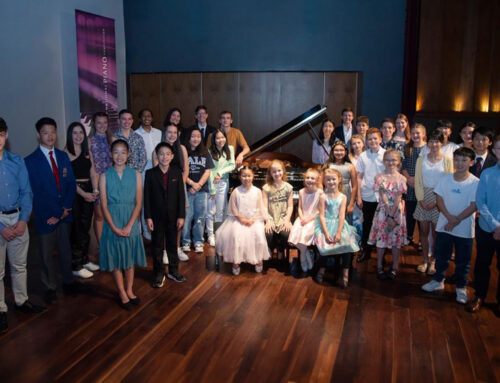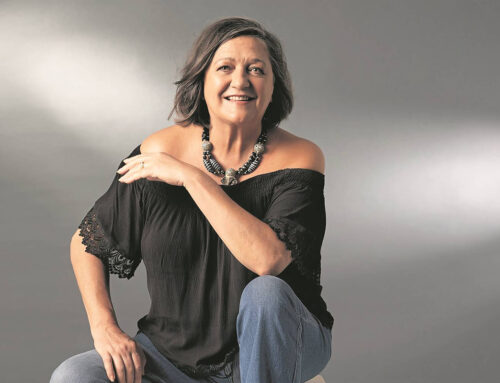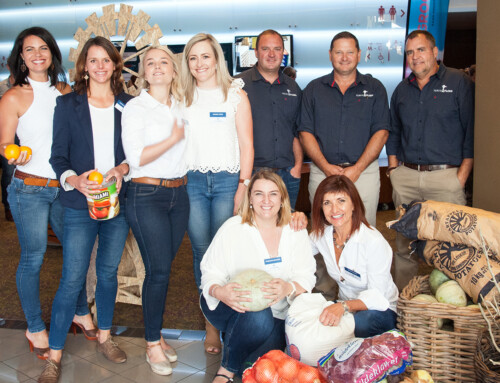Atterbury Trust is delighted to have been invited to this year years 15th International Architecture Exhibition of La Biennale di Venezia in Venice, where South Africa will be showcasing its own “guerrilla” biennale event – Cool Capital.
A design movement created by principal of Mathews & Associates Architects, Pieter Matthews and sponsored by leading South African property developer and investor Atterbury, Cool Capital first took over the streets of Pretoria in 2014.
Locally referred to as the world’s first DIY guerrilla biennale, Cool Capital’s aim is to challenge the bureaucratic relationship between citizens and public space. The project encouraged citizens to rediscover forgotten parts of the city, inviting them to actively participate in the process of rethinking Pretoria as space where people work, live and play.
Atterbury’s own roots are deeply embedded in the city of Pretoria, and Atterbury has been a significant contributor to the city’s urban environment since its inception in 1994. Atterbury started the Atterbury Trust only four years’ later with the express purpose of giving back to the community.
Atterbury Executive Trustee, Zahn Hulme, who is representing Atterbury at La Biennale di Venezia, which opened this weekend, comments: “This project is very exciting, and we have been humbled by the innovation and creativity uncovered since the start of Cool Capital two years ago. Our sponsorship of the project is in line with the Atterbury vision to create working, shopping and entertainment spaces for everyone to live to their full potential.”
Running from the 28 May to 27 November, the theme for this year is “Reporting from the Front” which aims to explore how architecture can address social, political, economic and environmental issues. Each of the 64 participating countries will present a pavilion under the guidance of the country’ own curator to reflect and uniquely respond to the theme.
Mathews, who has been appointed as curator for the South African Pavilion, has selected local design and architectural projects that showcase the best the country has to offer.
South Africa’s own pavilion features some physical installations pieces from Pretoria, a short documentary film of the inaugural event and the whole collection of 150 citizen-led projects by 1,000 participants in the form of a catalogue available at the pavilion and bookstore.
By representing the work of hundreds of innovative participants, the South Africa’s pavilion will provide a world platform to lesser-known South African artists, designers, and most importantly, active citizens.
The Cool Capital action is also expected to continue at home this year with the second Cool Capital running concurrently with the La Biennale di Venezia starting in September and concluding in October. South African citizens will be encouraged to continuously explore small interventions which could potentially bring about big change under this year’s theme – “Small is Big”.
“Cool Capital and Atterbury have so much in common, including our shared vision of changing the way people experience their surroundings. Whether it’s through art, or landmark buildings which improve the city for all those who live it in, we will continue to work hand in hand to make sure the project is successful in achieving its goals,” Hulme concludes.








